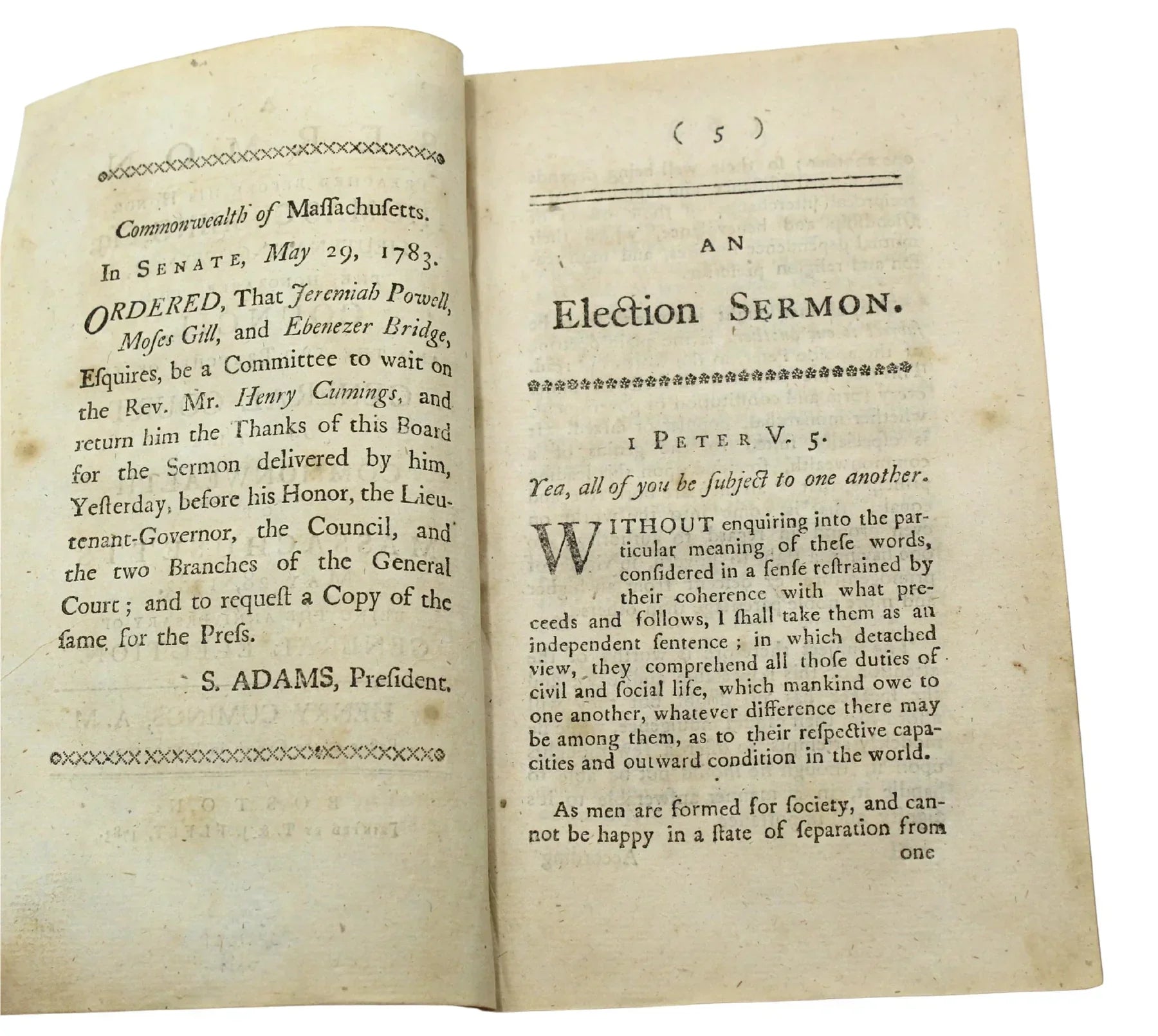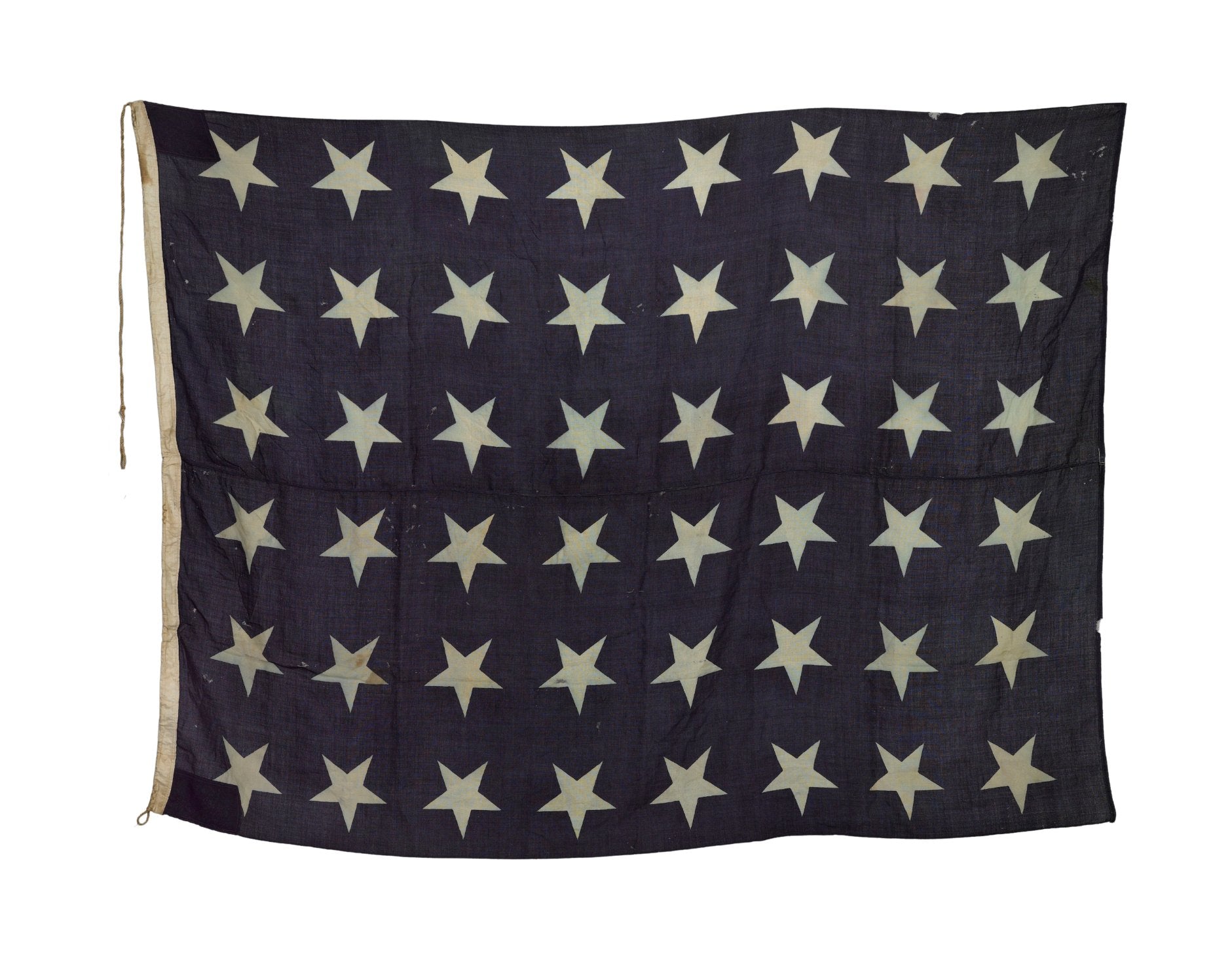Clamshells, Slipcases, and Chemises
 Whether you're safeguarding a first edition book, a multi-volume set, or a signed pamphlet, a well-designed archival case offers both protection and an opportunity to celebrate the item. In this post, we explore the art and function of custom enclosures, from luxurious clamshell cases that echo the elegance of antique bindings, to practical cloth slipcases and chemises that provide archival protection. Discover how these custom solutions can prolong the life of your treasured books.
Whether you're safeguarding a first edition book, a multi-volume set, or a signed pamphlet, a well-designed archival case offers both protection and an opportunity to celebrate the item. In this post, we explore the art and function of custom enclosures, from luxurious clamshell cases that echo the elegance of antique bindings, to practical cloth slipcases and chemises that provide archival protection. Discover how these custom solutions can prolong the life of your treasured books.
The most complete protection for a rare or antique book is an archival clamshell case, also known as a drop spine box. With a clamshell case, the book is fully enclosed on all sides, in order to protect the book from shelf wear, handling, dust, and light. Clamshell cases are best for books preserved in their original condition and boards, fragile books, or books with original dust jackets. The clamshell case can be constructed from any of the materials used in archival book bindings including leather, cloth, vellum, or paper.
A basic cloth box will provide an attractive, utilitarian container. But we are lucky to work with Keith Felton, of Felton Bookbinding Ltd., one of North America’s foremost hand binderies. Specializing in the conservation and restoration of old volumes as well as customized limited editions, clamshell boxes and fine bindings, Felton Bookbinding can create stunning and artistic cases. So many of our clamshells are created not just to protect the book, but to celebrate it.

Our clamshell cases are styled to look just like antique books, by rounding the case’s spine, covering it in leather, applying raised bands, gilt titles, and adding extra gilt decoration and tooling to the spine and front. Each case is custom designed, oftentimes as an homage to the original dust jacket or board design. We pick every detail with our bookbinder- from the leather and cloth colors used, to the custom tooling on the spine and front, and even to the cases’ inlays, which can feature a portrait of the frontispiece, author, or dust jacket design front. Although it is a time-consuming and expensive process, it one we gladly take on to help celebrate a book and ensure its longevity.
 A slipcase is another, simpler, option for protecting a book. It is a case that covers the book’s boards and paper edges, while leaving the spine of the book exposed so it can be viewed as it sits on the shelf. A slipcase offers protection and an archival environment for the book, or books, to sit. Slipcases can be constructed to house multiple volumes together, so they are great for large, multi-volume book sets, like our Civil War or Churchill memoirs. One slipcase can even hold volumes of different sizes, by adding inserts custom fitted to each book. Our slipcases are usually created with an inlay on the front, and sometimes feature a gilt-embossed facsimile signature if the book or volumes are signed.
A slipcase is another, simpler, option for protecting a book. It is a case that covers the book’s boards and paper edges, while leaving the spine of the book exposed so it can be viewed as it sits on the shelf. A slipcase offers protection and an archival environment for the book, or books, to sit. Slipcases can be constructed to house multiple volumes together, so they are great for large, multi-volume book sets, like our Civil War or Churchill memoirs. One slipcase can even hold volumes of different sizes, by adding inserts custom fitted to each book. Our slipcases are usually created with an inlay on the front, and sometimes feature a gilt-embossed facsimile signature if the book or volumes are signed.
A chemise is suitable for housing documents consisting of a few sheets of paper or a thin paper pamphlet. We have used cloth-covered chemises for our early political pamphlets and newspapers, as well as vintage music sheets. The archival chemise envelope-folds around all sides of the paper, to protect it from dust, moisture, and handling. We usually use chemises in concert with our clamshell cases, so they can be properly displayed on a bookshelf while still protecting the document.
A suitable custom enclosure, whether a clamshell case, a slipcase, or a portfolio, can ensure that your books, artworks, or documents will maintain their condition over time.











